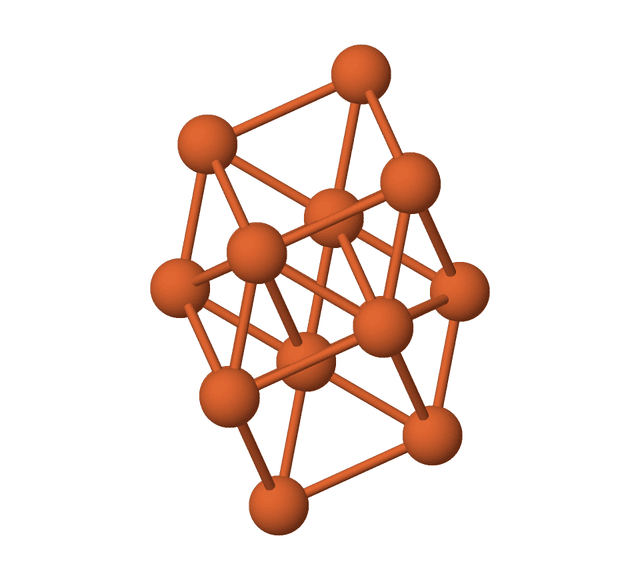Diamond and graphite
I can describe the properties of diamond and graphite and explain how they result from their giant covalent structures, as well as relate them to their uses.
Diamond and graphite
I can describe the properties of diamond and graphite and explain how they result from their giant covalent structures, as well as relate them to their uses.
These resources will be removed by end of Summer Term 2025.
Switch to our new teaching resources now - designed by teachers and leading subject experts, and tested in classrooms.
These resources were created for remote use during the pandemic and are not designed for classroom teaching.
Lesson details
Key learning points
- In diamond each carbon atom is bonded to four others with strong covalent bonds to form a giant covalent structure.
- Diamond is very hard, has a very high melting point and does not conduct electricity (makes it good for cutting tools).
- In graphite, each carbon atom is covalently bonded to three others to form layers of hexagonal rings.
- There are only weak forces between the layers in graphite which can easily be rubbed apart (makes it a good lubricant).
- Graphite conducts electricity because it has delocalised electrons which can move and carry charge/current.
Keywords
Allotrope - A different structural form of an element, e.g. graphite and diamond are allotropes of carbon.
Giant covalent - A large regular arrangement of atoms all joined together by covalent bonds.
Forces of attraction - Forces of attraction refer to any force that causes two or more substances to come together.
Delocalised - Particles are said to be delocalised when they are free to move through a structure (delocalised electrons can carry an electrical current).
Common misconception
Students may think all carbon forms are alike, ignoring structure's impact on properties.
Emphasise structure-property relationships. Use models to show how diamond's and graphite's differing bonds affect their characteristics.
To help you plan your year 10 chemistry lesson on: Diamond and graphite, download all teaching resources for free and adapt to suit your pupils' needs...
To help you plan your year 10 chemistry lesson on: Diamond and graphite, download all teaching resources for free and adapt to suit your pupils' needs.
The starter quiz will activate and check your pupils' prior knowledge, with versions available both with and without answers in PDF format.
We use learning cycles to break down learning into key concepts or ideas linked to the learning outcome. Each learning cycle features explanations with checks for understanding and practice tasks with feedback. All of this is found in our slide decks, ready for you to download and edit. The practice tasks are also available as printable worksheets and some lessons have additional materials with extra material you might need for teaching the lesson.
The assessment exit quiz will test your pupils' understanding of the key learning points.
Our video is a tool for planning, showing how other teachers might teach the lesson, offering helpful tips, modelled explanations and inspiration for your own delivery in the classroom. Plus, you can set it as homework or revision for pupils and keep their learning on track by sharing an online pupil version of this lesson.
Explore more key stage 4 chemistry lessons from the Chemistry of carbon unit, dive into the full secondary chemistry curriculum, or learn more about lesson planning.

Licence
Starter quiz
6 Questions




covalent
giant covalent
high melting and boiling points
large 3D lattice


